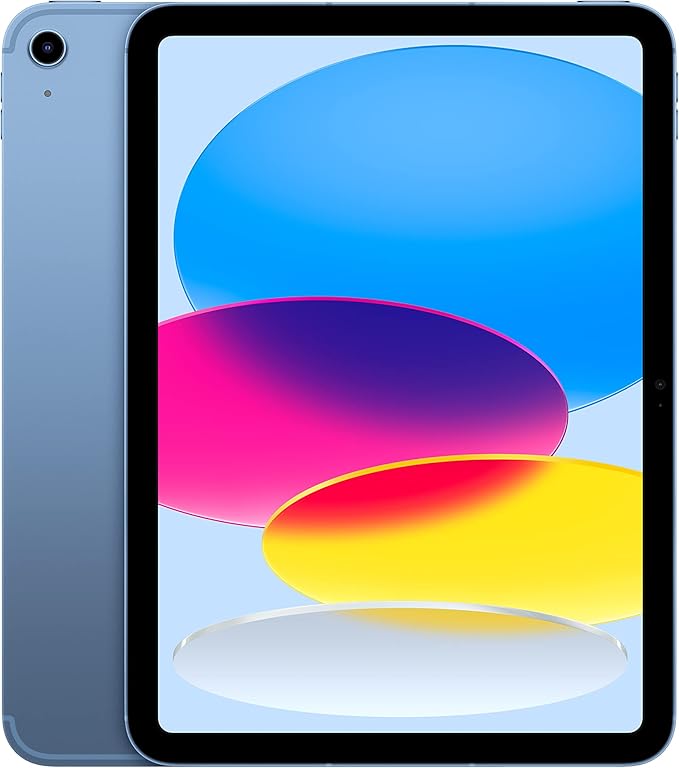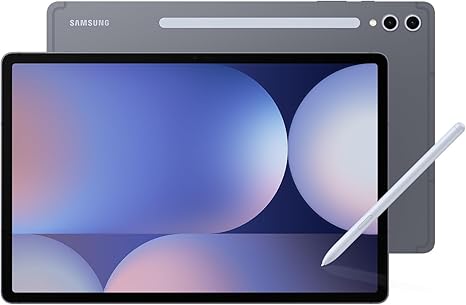How to Choose Between iPadOS and Android Tablets
May 11, 2025 | by michaelthandiwe40@gmail.com

How to Choose Between iPadOS and Android Tablets
Meta Description:
Wondering whether to choose iPadOS or Android for your next tablet? This in-depth guide explores key differences in performance, app ecosystems, customization, accessories, pricing, and long-term usability to help you make the best choice.
Introduction
Tablets have become essential tools for work, entertainment, and creativity. Whether you’re a professional looking for a productivity powerhouse or a casual user seeking a device for streaming and browsing, choosing between iPadOS and Android can be challenging. Each operating system offers unique advantages, from Apple’s seamless ecosystem to Android’s customization and flexibility.
In this guide, we’ll break down the key factors to consider when selecting a tablet, including performance, app availability, customization, accessories, pricing, and long-term usability. By the end, you’ll have a clear understanding of which platform best suits your needs.
1. Performance and Processing Power
iPadOS: Optimized for Speed and Efficiency

Apple’s iPadOS is designed to work exclusively with Apple’s hardware, ensuring optimized performance across all iPad models. The latest M-series chips (such as the M4 in the iPad Pro) deliver desktop-class performance, making iPads ideal for video editing, gaming, and professional applications. The tight integration between hardware and software ensures smooth multitasking and minimal lag.
Android: Variety and Flexibility
Android tablets come in a wide range of configurations, from budget-friendly models to high-end devices like the Samsung Galaxy Tab S10 Ultra. While flagship Android tablets offer powerful processors, performance can vary depending on the manufacturer and chipset. Unlike iPads, Android tablets use different processors, such as Qualcomm’s Snapdragon or MediaTek chips, which may not always match Apple’s efficiency.
Verdict:
- Choose iPadOS if you want consistent, high-performance processing with optimized software.
- Choose Android if you prefer variety and flexibility, with options ranging from budget to premium devices.
2. App Ecosystem and Software Support
iPadOS: Premium App Experience
Apple’s App Store is known for its high-quality, optimized apps, especially for creative professionals. Many apps, such as Procreate, LumaFusion, and Affinity Designer, are exclusive to iPadOS or receive updates earlier than their Android counterparts. Additionally, iPadOS updates are rolled out simultaneously across all compatible devices, ensuring long-term software support.
Android: Extensive App Selection

Android tablets access apps via the Google Play Store, which offers a broader selection of apps, including third-party app stores. While Android supports more customization and alternative app sources, some apps may not be as optimized for tablets as they are on iPadOS. Additionally, software updates depend on the manufacturer, meaning some Android tablets may receive updates later or not at all.
Verdict:
- Choose iPadOS if you need professional-grade apps and consistent software updates.
- Choose Android if you prefer a wider app selection and alternative app sources.
3. Customization and User Experience
iPadOS: Streamlined and Intuitive
Apple prioritizes simplicity and consistency, making iPadOS easy to use. The interface is fluid and optimized, with features like Stage Manager, Split View, and Apple Pencil support enhancing productivity. However, customization is limited—users cannot change default apps or deeply modify the interface.
Android: Highly Customizable
Android excels in customization, allowing users to change home screens, install third-party launchers, and modify system settings. Features like multi-window support, widgets, and DeX mode (on Samsung tablets) provide a desktop-like experience. If you enjoy personalizing your device, Android offers far more flexibility than iPadOS.
Verdict:
- Choose iPadOS if you prefer a streamlined, intuitive experience with minimal customization.
- Choose Android if you want full control over your tablet’s interface and settings.
4. Accessories and Productivity Features
iPadOS: Premium Accessories for Professionals
Apple offers high-quality accessories, including the Apple Pencil (2nd Gen), Magic Keyboard, and Smart Folio. These accessories enhance productivity and creativity, making iPads ideal for graphic designers, writers, and business professionals. However, Apple accessories are expensive and proprietary, meaning third-party alternatives are limited.
Android: Versatile and Affordable Options
Android tablets support a wide range of accessories, including third-party keyboards, styluses, and docks. Samsung’s S Pen is included with many Galaxy Tab models, making it a cost-effective alternative to the Apple Pencil. Additionally, Samsung DeX mode transforms the tablet into a desktop-like workstation, offering better multitasking than iPadOS.
Verdict:
- Choose iPadOS if you want premium accessories designed for professional use.
- Choose Android if you prefer affordable, versatile accessories with desktop-like functionality.
5. Pricing and Value for Money
iPadOS: Premium Pricing for Premium Experience
Apple’s iPads are expensive, with the latest iPad Pro M4 costing significantly more than most Android tablets. While iPads offer long-term software support and premium build quality, they may not be the best choice for budget-conscious users.
Android: Budget-Friendly to High-End Options
Android tablets come in various price ranges, from affordable models like the Amazon Fire HD to flagship devices like the Samsung Galaxy Tab S10 Ultra. This variety allows users to choose a tablet that fits their budget without compromising on essential features.
Verdict:
- Choose iPadOS if you’re willing to invest in a premium device with long-term support.
- Choose Android if you want more pricing options, including budget-friendly tablets.
Comparison Table: iPadOS vs. Android for Tablets
| Feature | iPadOS | Android |
|---|---|---|
| Performance | Optimized for Apple hardware, M-series chips | Varies by manufacturer, Snapdragon/MediaTek |
| App Ecosystem | Premium apps, early updates | Wider selection, third-party stores |
| Customization | Limited customization | Highly customizable interface |
| Accessories | Premium but expensive | Affordable and versatile |
| Pricing | Expensive, premium experience | Budget-friendly to high-end options |
Final Thoughts: Take Your Tablet Experience to the Next Level
Choosing between iPadOS and Android is more than just picking an operating system—it’s about selecting a tablet experience that perfectly aligns with your needs, lifestyle, and future goals. Whether you prioritize performance, flexibility, customization, or seamless integration, understanding the differences helps you make a confident and informed decision.
- For professionals and creatives, iPadOS shines with its powerful M-series chips, premium app ecosystem, and best-in-class accessories. If you thrive on precision and need industry-grade software like Procreate or LumaFusion, an iPad is your ultimate creative companion.
- For tech enthusiasts and budget-conscious buyers, Android delivers versatile customization, expandable storage, and a diverse selection of devices at various price points. If you value freedom, personalization, and cross-platform compatibility, an Android tablet might be the perfect match.
Unlock Your Ultimate Tablet Experience Today
Your next tablet should empower your work, enhance your creativity, and elevate your entertainment. Don’t settle for a device that limits your potential—choose the one that works for you.
Ready to find the perfect tablet for your needs? Explore our top-rated devices, expert recommendations, and exclusive deals at TechSavvyFinds.com.
👉 Click here to discover the best tablets now: TechSavvyFinds.com 🚀
Your perfect tablet is just a click away. Let’s get started on your next tech upgrade today! 🔥
RELATED POSTS
View all


